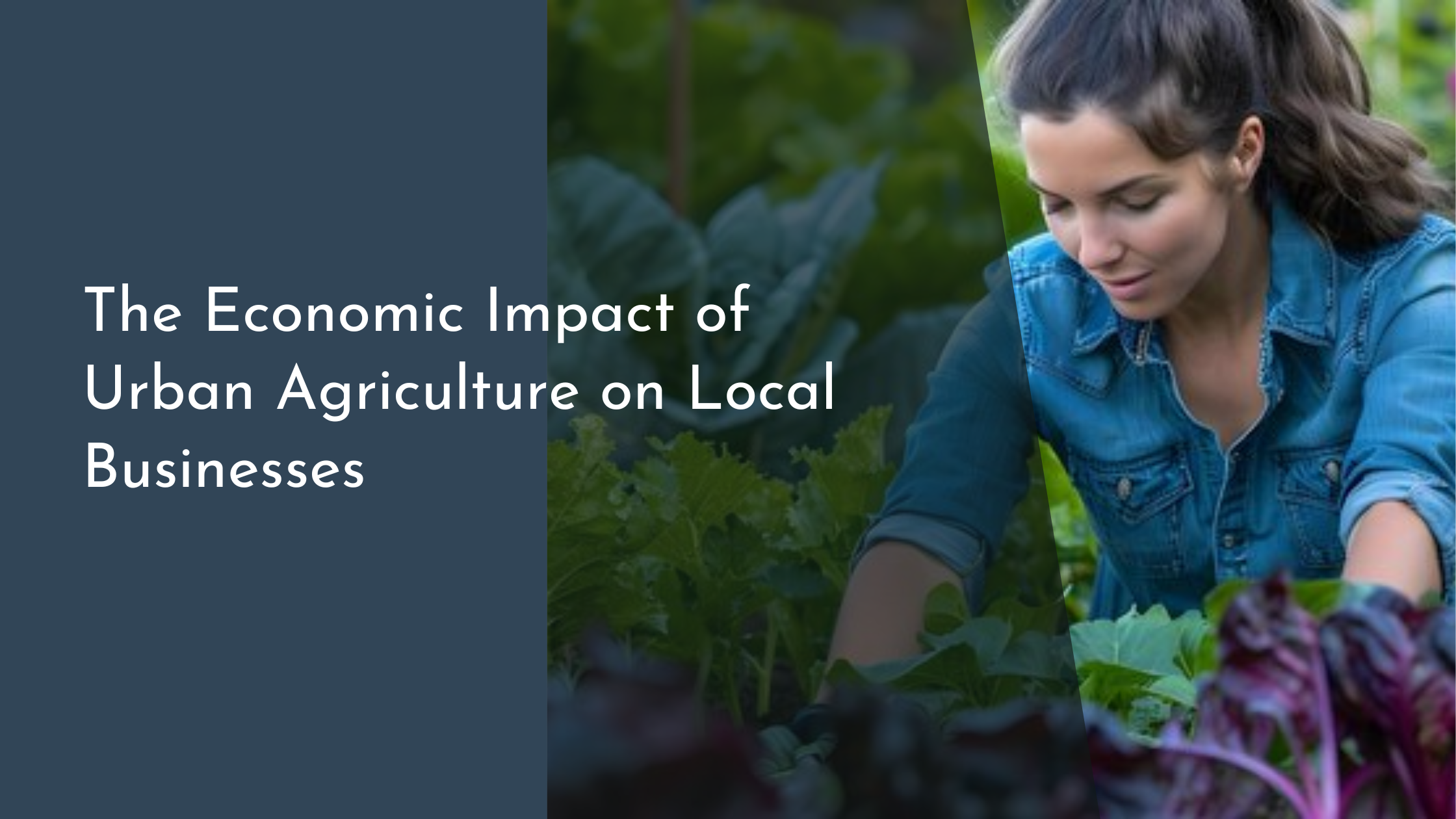The Economic Impact of Urban Agriculture on Local Businesses
Urban agriculture is rapidly gaining traction as cities around the world seek sustainable solutions to feed their growing populations while boosting local economies. With a focus on producing food in city environments, urban agriculture encompasses a range of activities from rooftop gardens to community farms. Its economic benefits are becoming increasingly evident, suggesting that urban agriculture holds the potential to reshape the relationship between cities and their local businesses.
Introduction to Urban Agriculture Trends
Urban agriculture is more than just a passing trend; it is becoming an integral part of urban planning and development strategies. With concerns about food security, sustainability, and community resilience on the rise, cities are turning to urban farms to enhance local food production. This movement is visible in the proliferation of community gardens, vertical farms, and hydroponic systems that are sprouting up in unlikely places, from abandoned lots to skyscraper rooftops. Urban agriculture not only provides fresh produce but also reduces the environmental impact of transporting food over long distances, making it a crucial element of sustainable urban living.
The movement towards urban agriculture is also supported by advancements in technology. Innovations in farming techniques, such as aquaponics and aeroponics, have made it possible to grow food in smaller spaces and under controlled conditions. These technologies are not only increasing yields but are also allowing for the cultivation of a diverse range of crops. As technology continues to advance, urban agriculture is likely to become even more efficient and accessible, further embedding itself in urban landscapes and economies.
Boosting Local Economies Through Urban Farms
Urban agriculture has a positive impact on local economies by creating jobs and supporting local businesses. Urban farms require a range of skills and services, from agronomy and horticulture to logistics and marketing, offering employment opportunities across various sectors. Furthermore, by providing locally-grown produce, urban farms help to reduce reliance on imported goods, keeping more money within the community and supporting local suppliers and markets.
In addition to job creation, urban agriculture stimulates local economies by attracting visitors and consumers. Farmers’ markets and farm-to-table restaurants become focal points for communities, drawing people from surrounding areas and increasing foot traffic for nearby businesses. This symbiotic relationship not only improves the economic vitality of urban areas but also strengthens the social fabric, as residents become more engaged with their food sources and the businesses that support them.
Strengthening Community Networks and Business Ties
Urban agriculture acts as a catalyst for community collaboration and strengthens ties between local businesses. Community gardens and urban farms require cooperation from a diverse group of stakeholders, including local governments, nonprofit organizations, schools, and private businesses. This collaboration fosters a sense of community ownership and pride, encouraging residents to work together towards common goals and leading to stronger, more resilient neighborhoods.
Local businesses, in turn, benefit from the networks formed around urban agriculture. Restaurants and retailers often partner with urban farms to supply fresh, local ingredients, which can enhance their appeal to socially-conscious consumers. These partnerships not only foster a sense of shared purpose but also offer businesses a competitive edge in a marketplace that increasingly values sustainability and local sourcing. By forming these connections, urban agriculture weaves a tighter economic and social fabric, strengthening communities and empowering local economies.
Concluding Thoughts on Urban Agriculture’s Future
The future of urban agriculture appears promising, with cities around the world embracing its potential to transform urban living. As urban populations continue to grow, the demand for sustainably produced, local food will only increase. Urban agriculture offers a practical and innovative solution to meet this demand, while also providing economic benefits to local businesses and communities. By integrating urban agriculture into city planning, cities can create more resilient and self-sufficient communities.
Moreover, the ongoing development of technology and sustainable practices will continue to enhance the productivity and efficiency of urban farms. As more cities recognize the value of urban agriculture, we can expect to see its expansion and integration into urban landscapes worldwide. Urban agriculture is not just about growing food; it’s about growing communities and economies, making it an essential component of the sustainable cities of the future.
Urban agriculture is proving to be a dynamic force in reshaping how cities approach food production, community building, and economic development. By fostering local economies and strengthening business ties, it offers cities a pathway to sustainability and resilience. As urban agriculture continues to evolve, it holds the promise of a future where cities are not only livable but thriving ecosystems of collaboration and innovation. The seeds planted today will undoubtedly bear fruit tomorrow, marking a new era of urban growth and prosperity.


